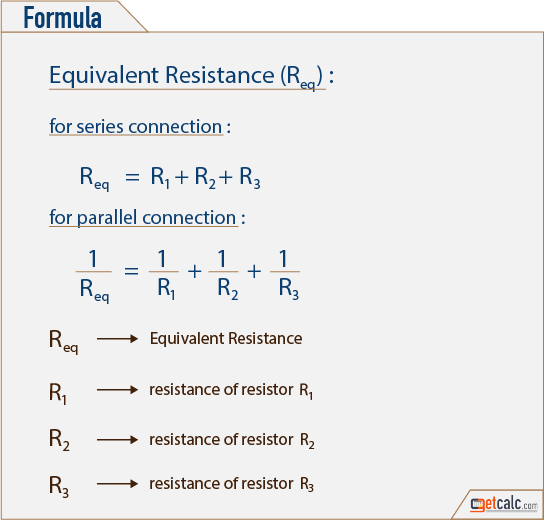

Fractional flow reserve (FFR), defined as the maximum myocardial ratio, i.e., the ratio of the blood flow of the stenotic branch of the coronary artery to the blood flow of the same coronary artery, is the current ‘gold standard’ for diagnosing functional myocardial ischemia ( Pijls et al., 1996 Kakouros et al., 2013 Pijls et al., 2013 Van De Hoef et al., 2013). In the past few decades, hemodynamic studies on coronary artery stenosis have shown that arterial stenosis will severely disrupt normal blood flow, and that blood flow disorder can accelerate the growth of plaque to form a more stable stenosis. The hemodynamic environment inside coronary arteries significantly affects the abnormal growth of vascular endothelial cells and the deposition of cellular lipids, leading to the formation of vascular stenosis, which plays a key role in a heart attack ( Bentzon et al., 2014). It is likely that more accurate information will provide an enhanced recommendation regarding percutaneous coronary intervention (PCI) in the clinic. This allows for a calculation that is based upon conditions that are closer to the physiological environment, and thus improves the accuracy of FFRct calculation.

Compared to the calculated value using the basic CFD model (MSE = 5.9%, accuracy rate = 80%), the FFR CFD calculated based on the coupled 3D–0D model has a smaller MSE of 1.9%.Ĭonclusion: The physics-driven coupled 3D–0D model that incorporates fluid–structure interactions not only consider the influence of the elastic vessel wall on blood flow, but also provides reliable microvascular resistance boundary conditions for the 3D FSI model.

Results: The accuracy, sensitivity, specificity, and both positive and negative predictive values of FFR DC calculated based upon the coupled 3D–0D model were 86.7, 66.7, 84.6, 66.7, and 91.7%, respectively. A lumped parameter model (0D) was used as the outlet boundary condition for the 3D FSI coronary artery model to incorporate physiological microcirculation, with bidirectional coupling between the two models. Methods: Based upon a novel geometric multi-scale modeling technology, a FSI simulation approach was used. Thus, in this study, a physics-driven 3D–0D coupled model including fluid–structure interaction was established to calculate accurate FFRct values. Objective: In this study we incorporated both the influence of vascular elasticity and coronary microcirculatory structure on FFR, to improve the accuracy of FFRct calculation. It is likely that both have resulted in FFRct calculation errors. Changes in the resistance of coronary microcirculation during hyperaemia are likewise not typically incorporated using a fluid–structure interaction (FSI) algorithm. Therefore, important interactions between the elastic vessel wall and blood flow are not routinely considered.

Xiaolu Xi 1, Jincheng Liu 1, Hao Sun 1, Ke Xu 1, Xue Wang 1, Liyuan Zhang 1, Tianming Du 1, Jian Liu 2 and Bao Li 1*


 0 kommentar(er)
0 kommentar(er)
